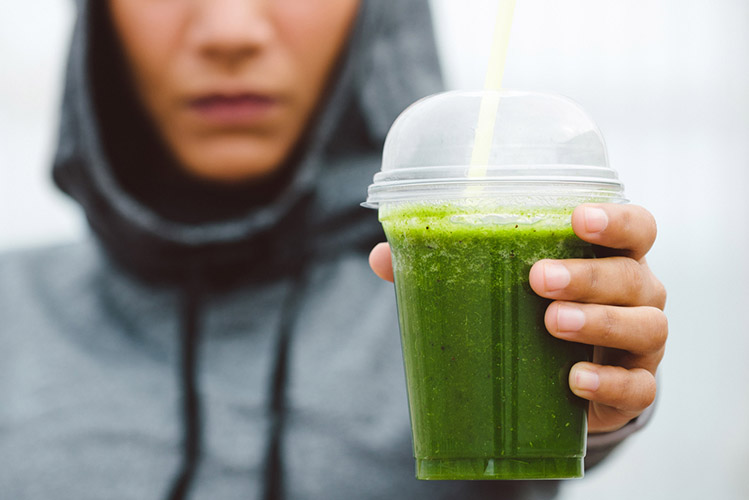Investment opportunities grow as cannabis expands into new consumer markets
For years, friends and family and angel investors were the primary funding sources for cannabis ventures, as only those closest to the industry were willing to take the risks that came with investing in a sector that, while increasingly legal at the state level, was (and is) still illegal federally in the United States. While those early investors continue to be important, we’re starting to see more institutional investors make moves into cannabis. Many of them are investing because of the way the industry is evolving. As cannabis becomes a fundamental ingredient, in products from drinks to beauty creams, investors will have more predictable ways to evaluate and invest in cannabis companies.
Following A Familiar Growth Path
While cannabis might be unusual in its legal status, the investment path it is following is well-trodden. Consider other sectors – personal computers immediately come to mind – where a small core of advocates and visionaries toiled away in relative obscurity before a sudden awakening of the market. Where once only angel investors participated – early backers of Apple and Microsoft MSFT 1.54%, after all, were family and friends – venture capitalists followed. Then came private equity investors before companies emerged onto the capital markets as public, well-funded vehicles with broad investor bases.
And like technology, cannabis will soon be the backbone for many different kinds of companies. Technology has powered new growth in industries such as hospitality, health care, and retail. Cannabis is on a similar path. As it begins to spread into new segments, it will fuel new opportunities for investors.
Cannabis Market Segmentation Means Opportunity
As cannabis finds its footing, it’s becoming more clear there is no one “cannabis industry.” In reality, cannabis is a foundational ingredient that is beginning to play a huge role in a number of traditional sectors, such as consumer staples (cosmetic, food, beverage), health care (biotech and pharmaceutical), consumer discretionary (retail) and real estate (REITs). This evolution will give institutional and individual investors ways to put money into cannabis through markets where they feel more comfortable. In fact, many of these investors probably won’t be core cannabis proselytizers, but instead, smart financiers who know an industry game-changer when they see it.
The market awakening for cannabis started in 2012 when Colorado and Washington state both legalized adult-use cannabis. The recognition of the sector’s transformational potential created an environment where small-dollar, high-risk investing thrived. Venture capital investors, better funded than angels and still willing to take high-risk bets for big potential payoffs, saw the gathering momentum for normalizing cannabis nationwide. Between 2008 and 2018, VCs made $2 billion in investments into cannabis companies, according to data in the MGO & ELLO Cannabis Private Investment Review, powered by PitchBook Data. The multi-billion-dollar stock market valuations of Canopy Growth, Tilray and others show the VC strategy of making many early investments to find a few large winners paid off.
This year, we’re seeing a shift from early-stage VC investors to later stage VC who prefer making larger investments in companies further along in their development. This is another mile marker on cannabis’ growth road. This year is the first when late-stage investment rounds are outpacing early-stage rounds. About $660 million in late-stage funding was completed through mid-May in just nine companies, including a $420 million round in the first cannabis unicorn Pax Labs, a maker of vaporizing equipment for the adult-use market. By contrast, there were 33 early-stage financings totaling $530 million in the same period. The first five months of 2019 saw inflows of $1.3 billion from private investors, putting cannabis well on its way to eclipsing total prior investment in just one year.
Private Equity Dollars To Come Next
Private equity is the next stage of investors seeking opportunities in cannabis. Often better capitalized than venture capital firms, increasing interest from private equity (PE) investors is a sign the perceived risk factor is declining in cannabis. Generally speaking, PE investors are bankers and financiers running large investment funds. The most successful PE funds are focused on just one sector or even a subsector where they can apply their deep knowledge for outsized investment returns. PE investors, like many VC investors, maybe less well-versed in the dynamics of cannabis, but have the expertise to see how cannabis can create value in a market segment. Many times, PE investors apply more in-depth strategies beyond top-line growth prospects when evaluating their investments. For example, they may carefully track the consolidation process growth industries like cannabis tends to go through. Or they may wait for the type of business results institutional investors, such as mutual funds, will want to see before making a play.
There’s little doubt cannabis remains in a legal and market gray area today, given its federal status. The surge in private investment in cannabis this year already shows that professional investors expect the road to lead to total legality. In the meantime, as cannabis becomes an increasingly viable ingredient in applications ranging from pharmaceutical pain treatment to adult beverages, the investment path is evolving like many industries that came before – and more cautious investors are showing a willingness to enter the space. As these “training wheels” fall off, a groundswell of investor capital will lift cannabis into the next phase of industry growth.










